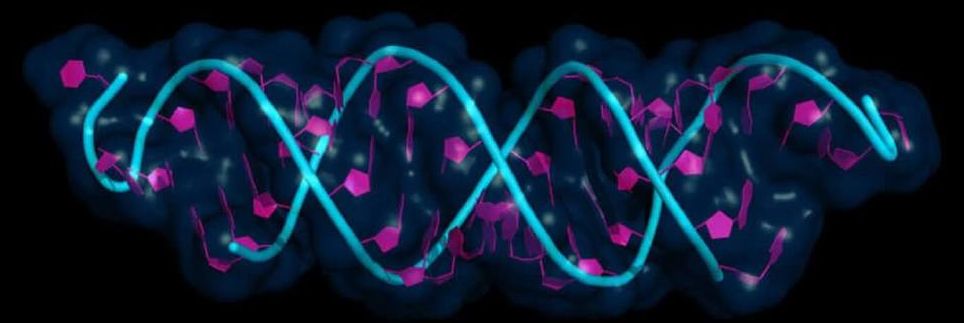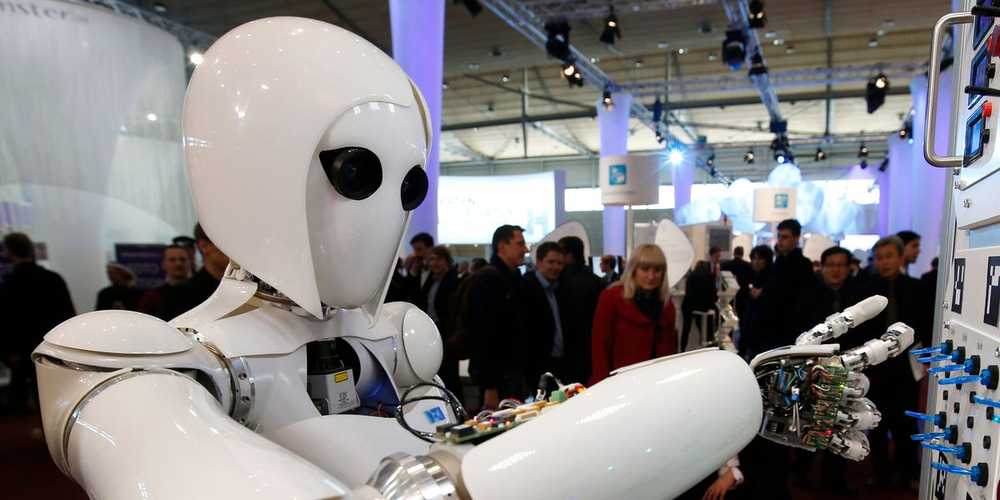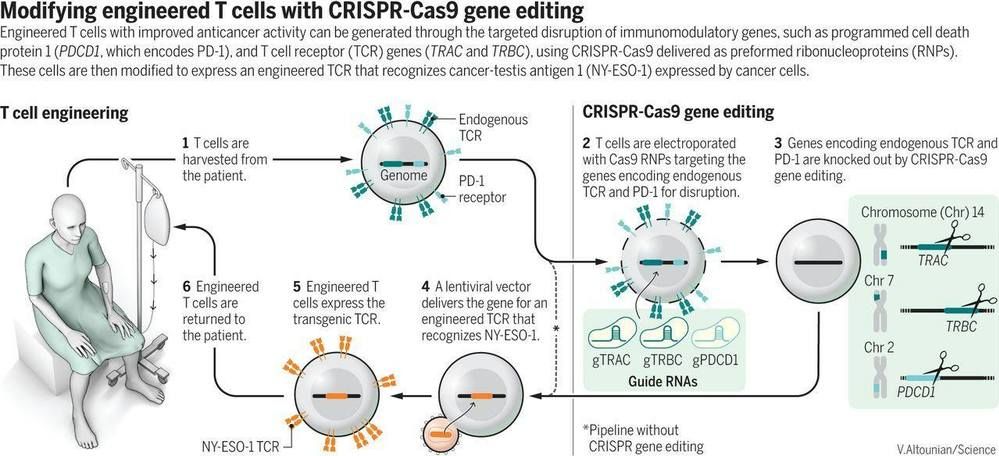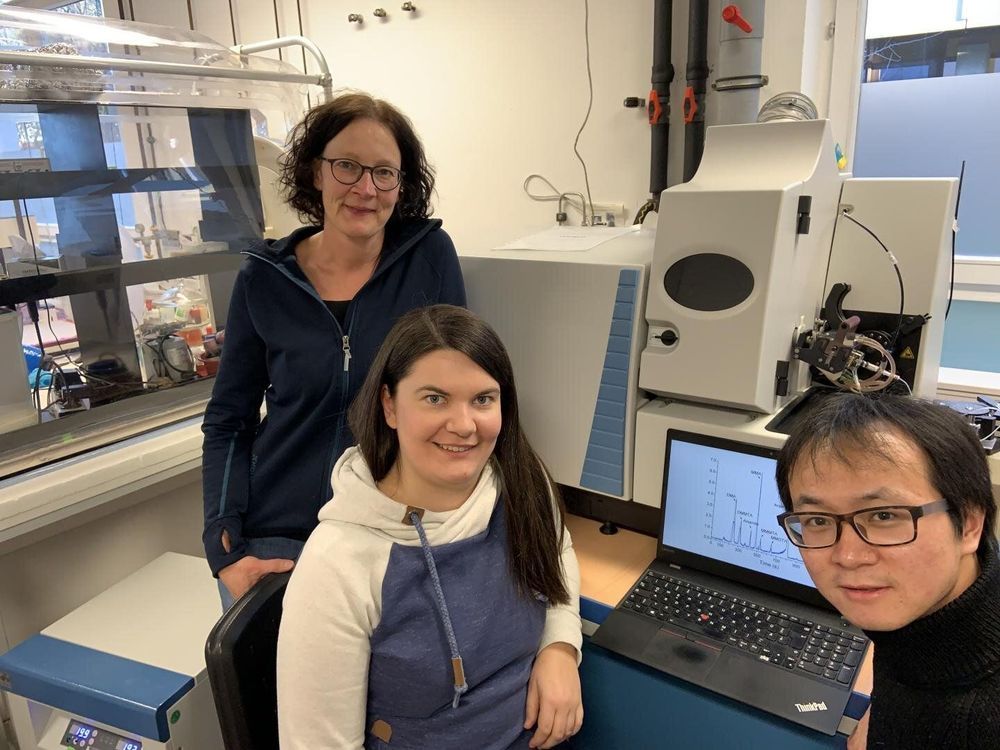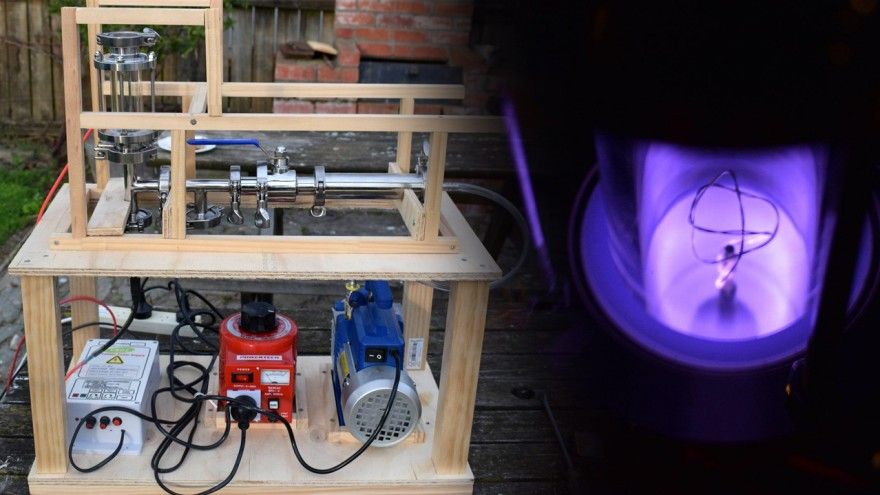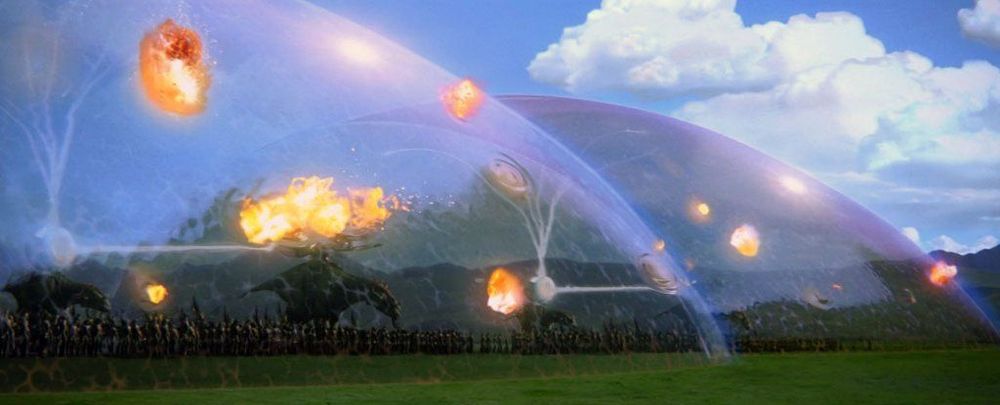A new review from the FDA says it finds no evidence linking the two, but that research should continue.
The findings: The report reviewed 125 experiments carried out on animals and 75 on humans between 2008 and August 2019. In summary, the FDA said that there’s “no consistent pattern” to link radiofrequency radiation, or RFR, to tumors or cancer.
Rats don’t use cell phones the way humans do. An overarching problem with the animal studies in the review is that they don’t mimic how humans actually use their phones. Animal studies often douse a rat’s entire body in radiation at levels that are far higher than what humans are normally exposed to when we use cell phones. The human studies were also flawed, relying only on questionnaires from family members or observational data.

